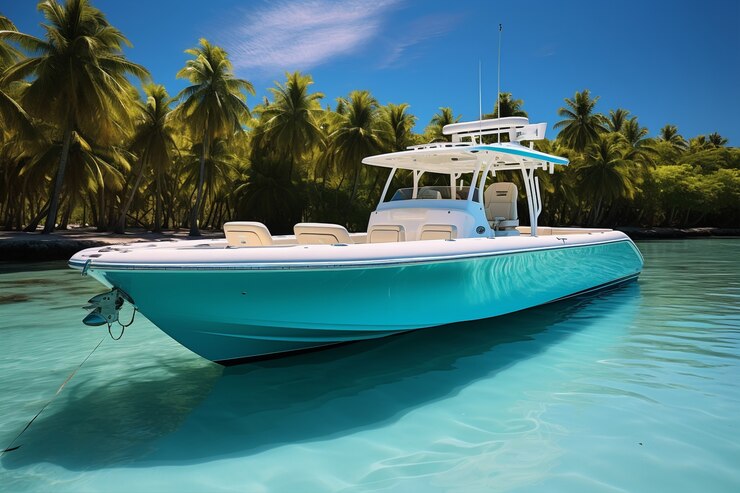
5 Boat Paint Care & Maintenance Tips
So, you’ve just spend a huge amount of time and money on a brand new paint job on your vessel, and it looks fantastic. But as most boat owners would agree, repainting your boat isn’t something you’d want to be doing again any time soon. For many, repainting their vessel is an essential but painstaking maintenance task.
As any boat owner will tell you, respraying your vessel with marine paint is a very time intensive and expensive affair. Hence, if you want your freshly painted boat to look glossy for many years to come (and to avoid paying a fortune for another repaint too soon), it is crucial to know the steps you can take to maintain the paint coating.
These 5 tips will help you reduce the stress of repainting your boat while keeping your boat (and yourself financially) afloat.
The most important thing you can do to care and keep your boat’s painted surfaces in mint condition is by simply just keeping it clean! Washing the surface often with fresh water and anti-abrasive cloth will prevent the accumulation of algae and bird poop that can ruin the surface coating of paint. If you use cleaning solvents to help with the removal of dirt and grime, be sure to ONLY use a detergent that is compatible with your paint. You can check online or ask a professional painter if you are not sure what solvent to use. To preserve the paint finish of your boat even longer, you may apply a sealer every 3-4 months to seal in color, protect against abrasions, prevent yellowing and ward off chemical reactions from environmental factors such as acid rain or uric acid from bird droppings.
Rinsing your boat often will remove algae growth, barnacles, oil residue and biofilm. Regular rinsing will also remove salt water buildup is that is very corrosive to the boat’s painted surfaces and any equipment on your boat. It is equally important to properly dry your boat to maintain the finish and preventing waterline stains from forming. Any type of exposure to moisture for too long is bad for your boat. For example, besides saltwater, morning dew may leave watermarks and scupper water encourages the buildup of microorganisms and minerals that stain the hull. These problems can be avoided although drying after use is an important part of preventing waterline stains. But all types of moisture are bad for your boat if they linger. Saltwater will corrode boat components, morning dew will encourage mildew, while boat scuppers can stain the hull with microscopic minerals but you can make a difference by drying off water when you see it.
Many paint manufacturers also specially formulate cleaning agents or soaps to work with the paint that they produce. However, you do not have to follow the paint manufacturer’s instructions IF you know what you are doing. To maintain your with cleaning agents without reducing eating into the finish, you want to use a soap that is pH neutral (meaning it is not acidic or alkali but balanced with a pH value of 7). Using a soap that is not pH neutral to clean your boat will basically strip away any kind of protective coating that you have on your boat.
Many boat owners often use both these coatings interchangeably without knowing their true function. While both sealant and wax are intended to protect your boat’s paint finish from the elements, UV rays and biofilm, they both have different areas of application where they perform their best. For example, waxes are used to cover the entire boat’s painted surface. Whereas sealant is used to fill holes in the gel coat. The sealant dries, resulting in a hard finish that can last for several months. The important thing to remember is to always buy and use marine sealant, because automotive sealants aren’t as resistant and is also too coarse to use on gel coat finishes. Regular and correct application of sealant and wax can provide years of glossy looking paint on your boat, provided the right prep work was undertaken during the maintenance.
Boat owners tend to ignore the paint manufacturer’s instructions when painting or waxing their vessels, causing unsightly and expensive damage to the boat’s body. Avoiding some common boat paint maintenance no-no’s will keep your vessel looking in shipshape. Firstly, it is important not to use standard waxes for gel coat coatings as it can cause yellowing. Go for polymer sealers instead as it will protect the paint while providing a glossy finish. Avoiding the use of abrasives while working with clean tools and surfaces will prolong the lifespan of the paint. Last but not least, never ever use strong detergents or solvents such as acetone to clean your boat as this will eat away at the protective coating.